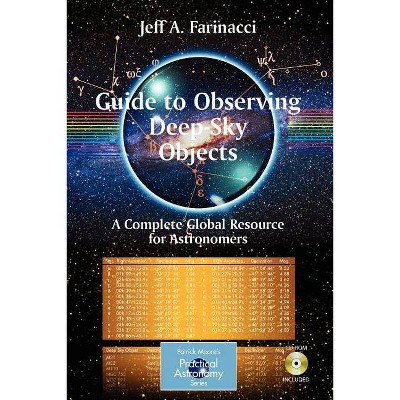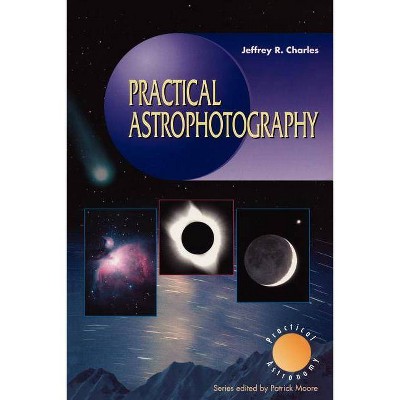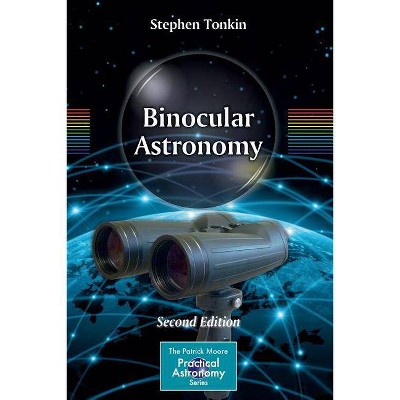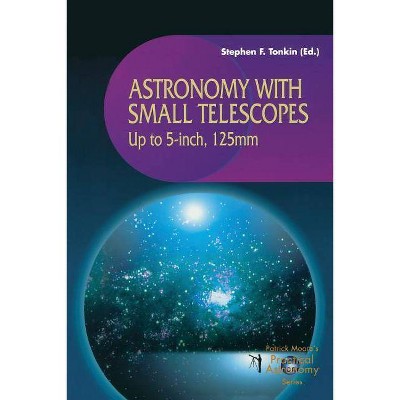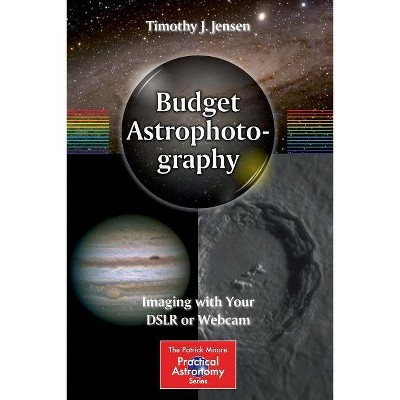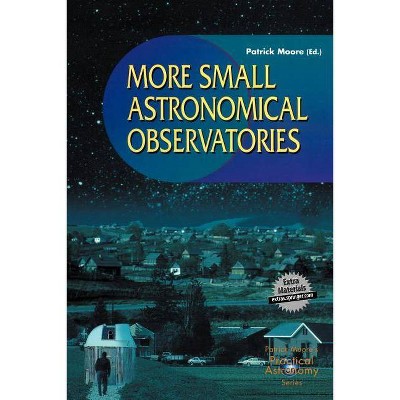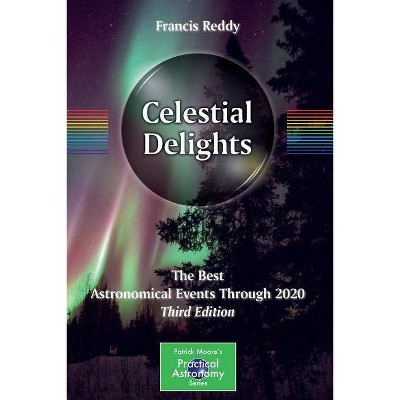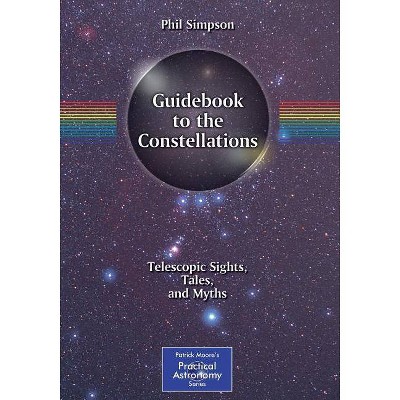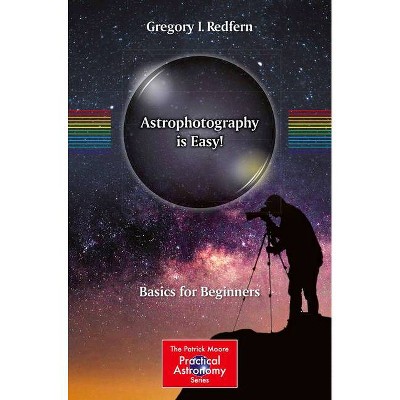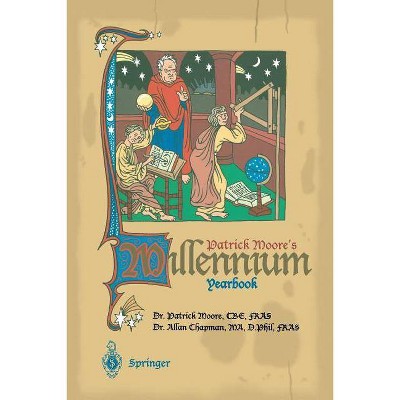Starlight - (Patrick Moore's Practical Astronomy (Paperback)) by Keith Robinson (Paperback)
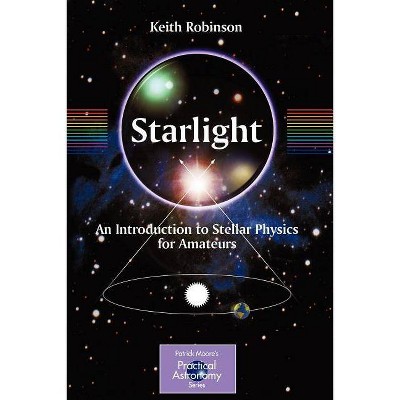
Similar Products
Products of same category from the store
AllProduct info
<p/><br></br><p><b> About the Book </b></p></br></br><p>This book tells the amazing story of the physics of stars and starlight. While it is an in-depth study of stellar astrophysics, at the same time it requires only basic high school mathematics and physics, making it accessible to almost all amateur astronomers.</p><p/><br></br><p><b> Book Synopsis </b></p></br></br><p>This is a book about the physics of stars and starlight. The story of starlight is truly fascinating. Astronomers analyze and interpret the light from stars using photometry and spectroscopy, then inspirational detective work combines with the laws of physics to reveal the temperatures, masses, luminosities and outer structure of these far away points of light. The laws of physics themselves enable us to journey to the very center of a star and to understand its inner structure and source of energy!</p><p>Starlight provides an in-depth study of stellar astrophysics that requires only basic high school mathematics and physics, making it accessible to all amateur astronomers. Starlight teaches amateur astronomers about the physics of stars and starlight in a friendly, easy-to-read way. The reader will take away a profoundly deeper understanding of this truly fascinating subject - and find his practical observations more rewarding and fulfilling as a result.</p><p/><br></br><p><b> From the Back Cover </b></p></br></br><p>When you look up at the sky at night and see the stars, do you understand what you're looking at? What is starlight made up of, and how does it travel to us? How are stars born, and how do they die? How do we figure out how far away are the stars and how massive they are? Can we know which stars will go supernova and which will end up as white dwarfs or black holes? How long will our Sun continue to shine down on us, and how do we know its age? </p> <p></p> <p>There are so many questions, and in this engaging and informative book by Keith Robinson, which serves as a companion to his very popular earlier book called Spectroscopy - the Key to the Stars, you will learn the basics of stellar physics and the answers to many of these questions, as well as how to figure out some of those answers for yourself. </p> <p></p> <p>We have come so far in our understanding of stellar light and heat. By reading this book, you, too, can understand many of the secrets of the fiery Sun that rules our Solar System and the gemlike points of light in the night sky.</p> <p></p><p/><br></br><p><b> Review Quotes </b></p></br></br><br><p>From the reviews: </p><p>"Understanding stars without understanding maths (well, almost) is Robinson's aim and he succeeds brilliantly in Starlight. There is a bit of maths but, on the whole, concepts such as radiative transfer, hydrostatic equilibrium and stellar evolution are thoroughly explained by diagrams and analogies ... . If you would love to know why Cepheids pulsate or why hot stars don't always radiate in the ultraviolet ... this is the book for you." (Chris Kitchin, Sky at Night Magazine, June, 2010)</p><p>"Astronomer Robinson ... undertook the daunting task of exploring the concepts underlying the physical conditions in stars with words rather than in equations so that amateur astronomers might gain a deeper appreciation of these familiar and fascinating objects. ... The author does a particularly good job describing the magnitude (brightness) and colors of stars. ... Starlight is a lucid presentation of complex physical principles which will be richly rewarding to serious readers. Summing Up: Highly recommended. Lower-division under graduates and general readers." (D. E. Hogg, Choice, Vol. 47 (9), May, 2010)</p><p>"Keith Robinson's recent publication presents a good, easily accessible account of basic stellar physics. ... It would be a good resource for, say, a GCSE-level or amateur astronomer, and I would recommend it to that readership. ... However, the book's aim of communicating the basics of stellar astrophysics at a beginner's level is achieved. All in all, Robinson's book is a well-put-together resource for the amateur astronomer, explaining the basic concepts and equations pertinent to the study of the stars." (N. J. Dickinson, The Observatory, Vol. 130, October, 2010)</p><br>
Price History
Price Archive shows prices from various stores, lets you see history and find the cheapest. There is no actual sale on the website. For all support, inquiry and suggestion messagescommunication@pricearchive.us
